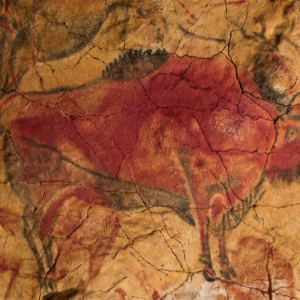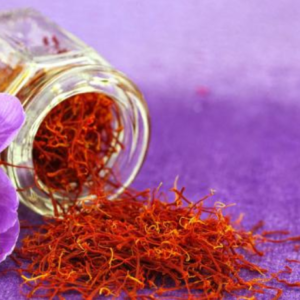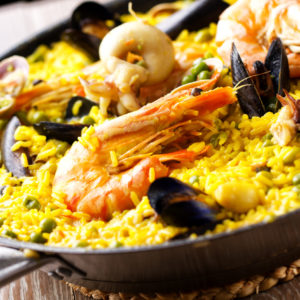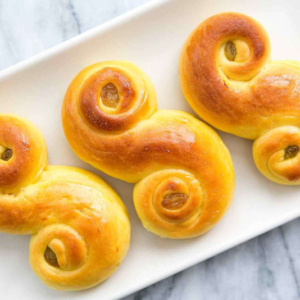No products in the cart.

Saffron has been used by humankind as a seasoning, a fragrance, a dye and for medicinal purposes for over 25,000 years. But we know it has existed longer than that – incredulously, saffron pigments have been identified in 50,000-year-old prehistoric cave paintings!
Its geographical origin remains a mystery with Persia, Greece, Mesopotamia and Kashmir all laying claim to first cultivation.
The Phoenicians traded the highly-desirable spice in Greco-Roman times, supplying Egyptian perfumers and the physicians of Gaza. As the world shrank, saffron seeds were dispersed via trade routes to Southeast Asia, eventually reaching the New World in the 16th century.
A well-known Hellenic legend has it that a handsome youth (Crocus), pursued a nymph (Smilax) in woods near Athens. Initially flattered, Smilax tired of Crocus and transformed him into Crocus Sativus – a prideful purple plant with radiant orange stigmas representing undying and unrequited passion. The Gods were displeased at this turn of events and Smilax herself was transformed into bindweed (Smilax Aspera).
Saffron is the most expensive spice in the world – largely because its cultivation is entirely by hand. Bulbs are buried and harvested by hand: the stigma must be gently removed from the flower and dried, where they lose 80% of their volume. It takes 440,000 stigmas (around 200,000 flowers and 500 hours of work) to produce just one kilogram of dry saffron.

Saffron threads are fine and evenly sized, with a think yellow tendril on one end and fluted on the other. The highest quality threads are long, and deep red with minimal yellow stem – these produce the highest amount of crocin oil. This beautiful spice gives a distinctive aroma, flavour and brilliant yellow colour to world-renowned dishes such as Spanish Paella, Swedish Saffron Buns and French Bouillabaisse Soup.
Read more about Saffron’s impressive list of health benefits here…



 Market Sultan
Market Sultan